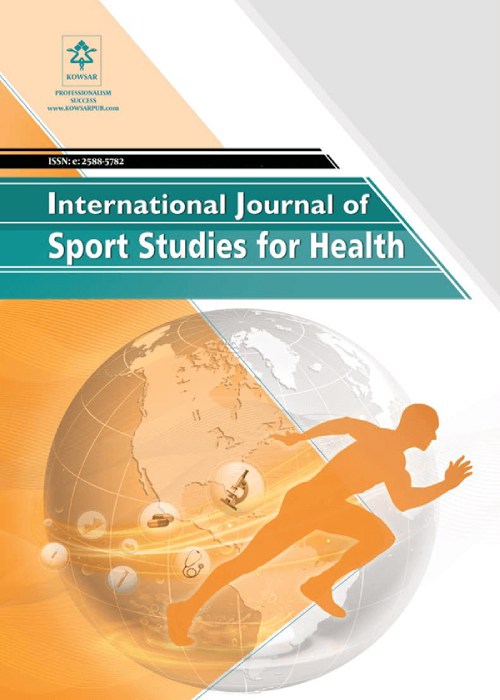Somatotype, Body Composition and Anthropometric Profiles of Indian Male Greco-Roman Wrestlers
Wrestling is known as a sport which highly requires physical preparation besides performing techniques such as clinch, fighting, throws and takedowns, joint locks, pins and other grappling holds.
The aim of the present study was to assess body composition, anthropometric profiles and somatotype rating of young male Greco-Roman wrestlers and sedentary controls.
Nine heavyweight category wrestlers with mean age of 16.2 ± 0.89 years, 19 lightweight category male wrestlers with mean age of 16.4 ± 0.95 years, and 50 sedentary males with mean age of 16.9 ± 0.94 years, were recruited for the study.
The results suggested that heavyweight category wrestlers were taller (178.3 ± 5.76), heavier (76.5 ± 8.17) than the other two categories. Body surface area was also found to be highest (1.95 ± 0.15) while sedentary controls were found to be highest in %BF (12.4 ± 2.10). Somatotype rating of the heavyweights, lightweights and sedentary controls were 4.3 - 5.0 - 2.6, 4.1 - 5.1 - 2.2 and 4.6 - 2.9 - 2.8 respectively. Wrestlers were found to be endomorphic-mesomorph while the controls were balanced endomorph. A significant (P < 0.05) differences were noticed almost in all the parameters except bicep and endomorphic component when compared among the groups. Body height, weight, BSA and suprailliac skin fold were found to be significantly (P < 0.05) differed when compared between the weight category groups. ANOM plot revealed that insignificant somatotype mean variation exist between the weight categories. Wrestler of Poland, Turkey and Iran have also reported that the %BF, BMI and somatotype rating scores which was higher in Greco-Roman wrestlers.
The present study compared the different anthropometric characteristics, somatotype rating and body composition profiles of Greco-Roman wrestlers and sedentary control groups. Differences in various parameters were found to be being related to training regimen and their socio-economic status.
- حق عضویت دریافتی صرف حمایت از نشریات عضو و نگهداری، تکمیل و توسعه مگیران میشود.
- پرداخت حق اشتراک و دانلود مقالات اجازه بازنشر آن در سایر رسانههای چاپی و دیجیتال را به کاربر نمیدهد.


